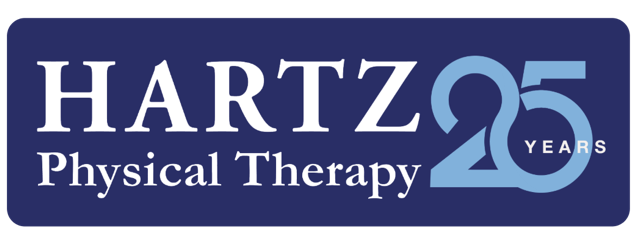Written by Nichole Stauffer, PTA
Article
Injury Treatments
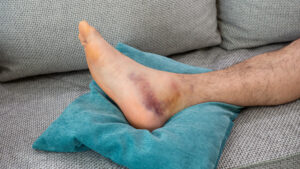
Swelling is a normal part of your body’s response to injury or trauma and can be associated with heat and redness because of increased blood flow and white blood cells to the involved area. The increase in fluid can put pressure on surrounding structures such as nerves, muscles, scar tissue, etc., and result in pain. With that being said, please consult your physician or physical therapist if the redness becomes deep and bright red and the surface area is slowly increasing.
You might see with medical terminology that swelling can be referred to as edema or effusion. Edema is swelling in the tissue outside of the joint, effusion is swelling within the joint.
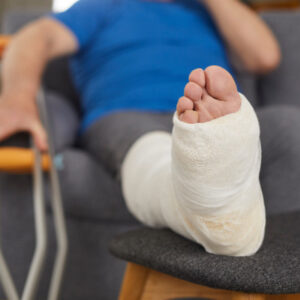 Why Should You Elevate?
Why Should You Elevate?
Elevating the involved extremity will help to minimize and/or decrease fluid retention. The benefits of elevating your limb following injury or surgery include but are not limited to, reducing swelling through lymphatic drainage, relaxation of the injured area, improved joint mobility or general function, improved soft tissue flexibility, decreased blood pressure, and improved blood flow.
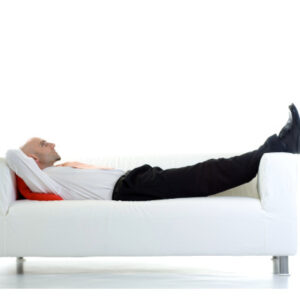 Toes Above Your Nose
Toes Above Your Nose
You’ve probably heard the saying “toes above your nose” before, but what does that actually look like and why is it the optimal setup?
Ideally, you should lie flat on your back (in bed or on a long couch) with your foot propped up on a stack of pillows or blankets. Get creative! I have had patients use a couch cushion, a laundry basket flipped upside down, a rolled up sleeping bag, or they built a ramp out of a small piece of plywood to elevate. Your foot should be higher than your knee and your knee should be above your heart. If it is tolerated, you should try to keep your knee straight. This position allows gravity to assist with moving fluid down your leg, towards your trunk, where it will filter out through your lymphatic system. If you are a numbers person, the ideal and most comfortable angle for elevation is around 30 degrees. It should be noted that there is no correlation between increased elevation height and a faster recovery. Elevating at a steep incline can increase your pain.
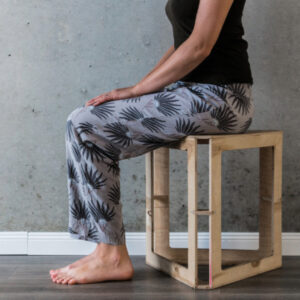 Gravity
Gravity
In therapy, we use a term called “gravity dependent,” meaning the distal or further end of your limb is placed lower than your heart. Gravity dependent positions include standing and sitting with your feet on the floor. Gravity makes it difficult for the fluid at the bottom of your involved limb to move back up towards your trunk to filter out of your system. It is ideal to elevate your involved limb before and after daily activities that require you to be upright or in a gravity dependent position. 10-15 minutes of elevating frequently throughout the day is preferred, as opposed to elevating once a day for an hour at a time. Talk to your therapist about a specific, personalized and detailed elevation program to combat or control swelling following injury or surgery.
Proper elevation is not sitting in your recliner. Yes, this may feel like the most comfortable and safest set up following an injury or surgery, however the reclined position does make it difficult for the swelling to fully travel up to your trunk and filter out through your organs.
